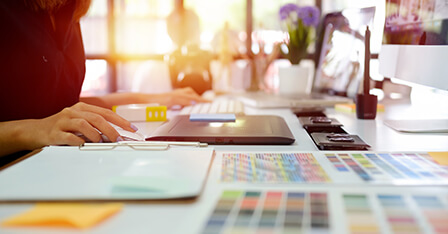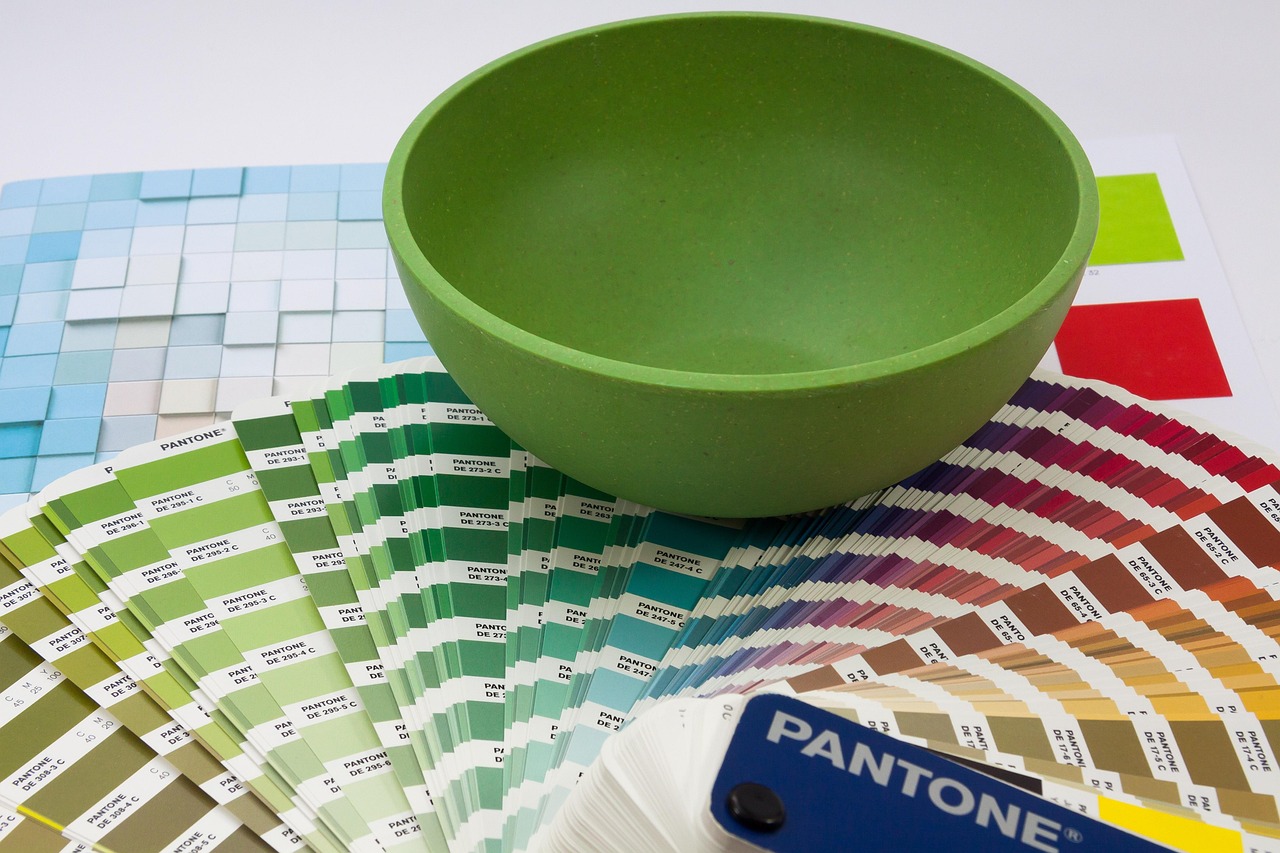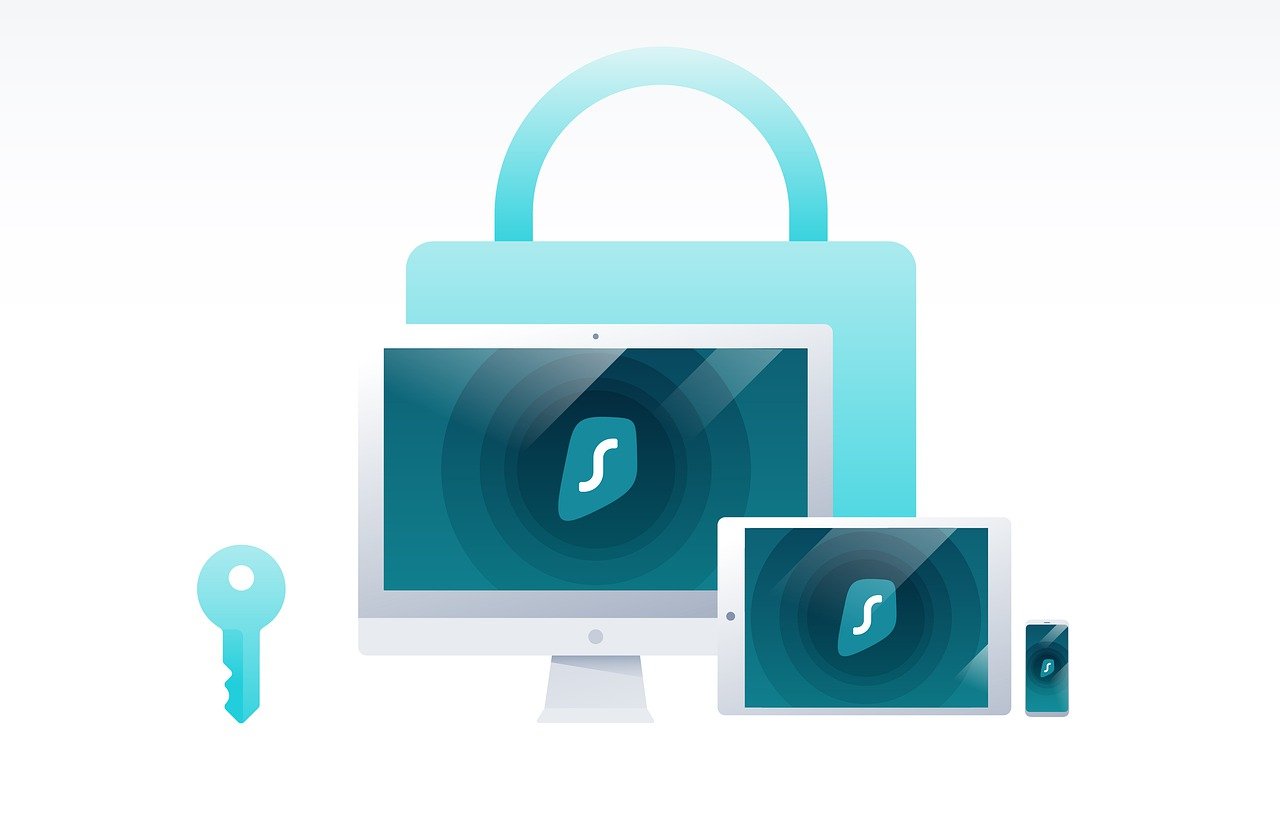Creativity – the production of novel and useful ideas – isn’t just valuable within the arts and so-called creative sectors, it is vital for the success of almost every industry. While some business leaders lament the unquantifiable nature of creativity, many believe it is the most powerful competitive advantage a business has. Reflecting this, the World Economic Forum estimates that by 2020 creativity will be in the top three most important skills for future jobs[1] and nearly two-thirds (64%) of Britain’s employers already say they are likely to hire a new employee based on their creative abilities[2].
However, studies suggest that rather than encouraging creativity, the workplace can be full of barriers to creative thinking – especially the physical workplace itself. A recent survey[3] revealed that, alarmingly, two-thirds of UK workers believe that they work in spaces that actually flatten creativity and innovation.
So, how can businesses know whether their workplace is sabotaging the creative potential of their employees and what can companies do about it? The following points will help business leaders identify and break down these barriers to create a workplace that helps creative thinking thrive.
Workplace evaluation
If your company is one of the 38% that hasn’t consulted its workers about the office or analysed how it is used[4], now is the right time to conduct a workplace evaluation. Even a short audit of employees and an
A meeting of minds
Deleting the dull
Dull and boring offices will never inspire creativity. Innovative businesses all have a strong sense of purpose and a clear identity in common. Reinforcing why people work
Encourage friendships
With 81% of UK workers saying that friendships at work are important for their productivity[5], an important element of creativity, businesses should encourage socialising and participation in joint activities to help work friendships to develop. Devising social events around fundraising for the company charity
Current workplaces could do more to encourage office friendships – only 31% of UK workers say they have collaborative zones that facilitate
Nurture nature
A Human Spaces report[6] reveals that people who work in environments that incorporate natural elements report a 15% higher level of wellbeing and are 15% more creative. When it comes to designing office spaces that achieve this, it’s about taking the parts of nature that we subconsciously respond to and bringing them into the workplace to enhance employee morale, well-being and productivity.
Adding plants to the office environment helps improve office air quality, limit noise pollution and reduce tension, depression, anxiety and fatigue. Also try maximising natural light, providing fresh air and using raw and nature-inspired materials and elements.
Jitesh Patel is CEO of Peldon Rose, a leader in office interior design and
[1] World Economic Forum: ‘Future of Jobs’ – https://www.weforum.org/reports/the-future-of-jobs
[2] http://smallbusiness.co.uk/creative-workers-build-business-results-2534707/
[3] Gensler – Workplace-survey-2016-findings
[4] Peldon Rose Beyond Brexit Survey: June 2018
[5] Peldon Rose: Happy Office Survey 2017
[6] Human Space: ‘The Global Impact of Biophilic Design in the Workplace’










